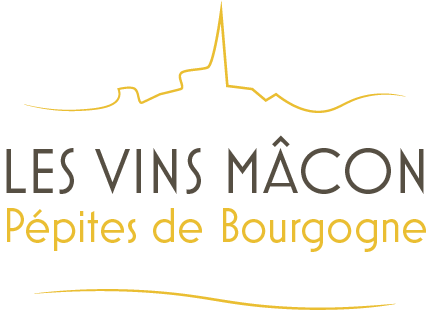THE APPELLATION
MÂCON WINES
The Mâconnais wines are internationally renowned and are constantly evolving. United by their diversity, they constitute a vast array of scents and aromas. Ranging from white gold to straw yellow or even green gold for white wines and from garnet to carmine for reds, Mâcon wines are all enjoyable, but they are not the same!
Almost 40 km separate the North from the South. The diversity of the reliefs and landscapes is astonishing and gives free rein to our 5 senses. From regular and smooth plains to capricious and steep hillsides, the terroirs constantly do as they please, bringing out the specific character of each wine.
Thus, there is not just one Mâcon but many Mâcon wines! Each one symbolizes the dynamism of the appellation and the youthfulness of the winegrowers.
THE APPELLATION AND ITS DENOMINATIONS
Each wine of the “Mâcon” appellation is mainly defined according to the geographical areas it occupies, but also according to the type of soil and the way the vines are grown (pruning, yield, etc.).
They are systematically defined with the name “Mâcon”, which may or may not be associated with the name of a village. They are therefore defined as concentric areas, which become smaller in size around specific villages. These include Mâcon, Mâcon-Villages and Mâcon + the name of the village (aka Mâcon plus a geographical denomination; 27 village names can be added to the “Mâcon” appellation as geographical denomination).
COLOR
APPELLATION AND DENOMINATIONS
Mâcon
Mâcon-Villages
Mâcon + name of the village (aka Mâcon plus a geographical denomination)
SURFACE AREA
COLOR
APPELLATION AND DENOMINATIONS
Mâcon
Mâcon + name of the village (aka Mâcon plus a geographical denomination)
SURFACE AREA
TYPICITY
DISCOVER MÂCON WINES
The “Mâcon” appellation is defined in a decree specifying the geographical area, the types of soils, the way the vines are grown and, finally, the winegrower’s signature. It is thus a combination of a terroir, two grape varieties (Chardonnay and Gamay) and the know-how of the winegrower.
SINCE 1972
The Union des Producteurs de Vins “Mâcon” (UPVM), an organization dedicated to protecting and managing the Mâcon appellation, works with the Institut National de l’Origine et de la Qualité (INAO) to ensure that the production conditions of the appellation are respected, and that they comply with the regulations defined in the specifications.
Terroirs
FROM NORTH TO SOUTH
The vineyards of the Mâconnais stretch over nearly 40 km along the sunny hillsides of the Saône.
There, the typicality of the terroirs allows the flagship grape varieties (Chardonnay and Gamay) to fully express themselves and provide distinctive aromatic subtleties to each of the wines produced.
3 CATEGORIES OF TERROIR
Calcareous, marly or calcareous soils.
These alkaline soils are particularly suited to the Chardonnay grape variety. The fruit from these vines gives interesting, fine Mâcon wines that are suitable for aging.
Clayey or siliceous-clay soils.
These soils are more acidic and produce white Mâcon wines to be drunk young or pleasant red Mâcon wines.
Siliceous terrains, on granitic or volcanic subsoil
These are typical of the southern part of the vineyard area, even if they are found throughout the entire wine growing region. It is here that the Gamay grape fully expresses itself. The plots planted on these soils produce exceptional red Mâcon wines.
GRAPE VARIETIES
Chardonnay
White Mâcon wine, in its youth, displays the scent of spring flowers: hawthorn, rosehip, acacia, honeysuckle. Its aromas evolve with time and evoke undergrowth, hazelnut, honey and toast. Depending on the vintage, it can age from 5 to 10 years. It will be the perfect accompaniment to seafood, fish, poultry in cream sauce, and Mâconnais goat cheese!
Gamay
Mâcon red wine is made from the Gamay grape variety, which imparts a joyful aroma of small red fruits, especially during the first months after bottling. Red Mâcon wine has a lot of body and needs to mature in the bottle between 1 and 3 years depending on the vintage. It is a marvelous accompaniment to meats and charcuterie.

